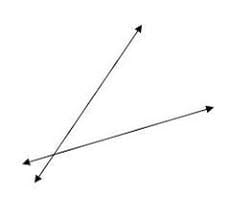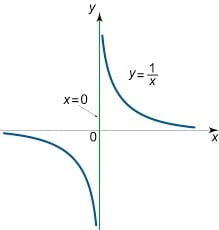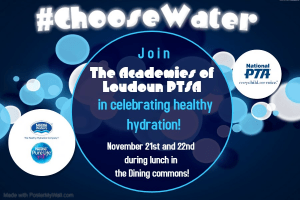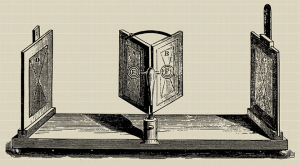
It all began in 1838, when Sir Charles Wheatstone coined the term “stereopsis,” the perception of depth produced by the reception in the brain of visual stimuli from both eyes. In his research of building a stereoscope, he showed that the brain conjoined two photographs of the same object taken from different points to make the image 3D.
In 1965, Ivan Sutherland publized the “Ultimate Display,” a concept of a virtual world through HMD where users could interact with objects. This was considered “the fundamental blueprint for VR.” Three years later, he and his student Bob Sproull created the first virtual reality HMD named “The Sword of Damocles.” Whenever the user moved his or her head, the perspective changed with them using the head-tracking system first developed in 1962 by Morton Heilig.
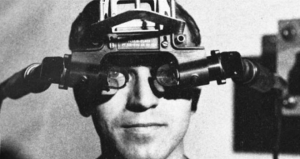
In 1969, Myron Krueger developed a series of “artificial reality” experiences, computer-generated environments responding to the users, leading to VIDEO PLACE technology. Krueger’s VIDEO PLACE gave users in other dark rooms, where large screens were set up, the ability to communicate with other users in the same virtual world. Between 1986 and 1989, the Super Cockpit, a flight simulator with 3D maps, advanced imagery, and a tracking system and sensors, was created by Furness. This allowed the pilot to drive the aircraft with gestures, utilizing gesture recognition introduced in 1982, and voice commands.
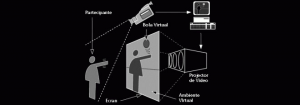
In 1989, Scott Foster’s company, _________, developed real-time binaural 3D audio processing for NASA’s astronaut program. Then two years later, Antonio Medina designed a VR system to drive the Mars robot rovers from Earth in as real-time the distance between the planets allowed.
Finally, in 2015, VR became available to the public. Since then, VR was being innovated by numerous companies. A majority of these headsets involved dynamic binaural audio, undermining haptic interfaces, systems that allowed users to interact with a computer using their touch and movements. Due to this, handsets were almost always operated with buttons.

VR has gone through a lot of changes, and more changes and innovations lie in its future as well. To learn more and in depth about VR’s history, use the source https://virtualspeech.com/blog/history-of-vr.


